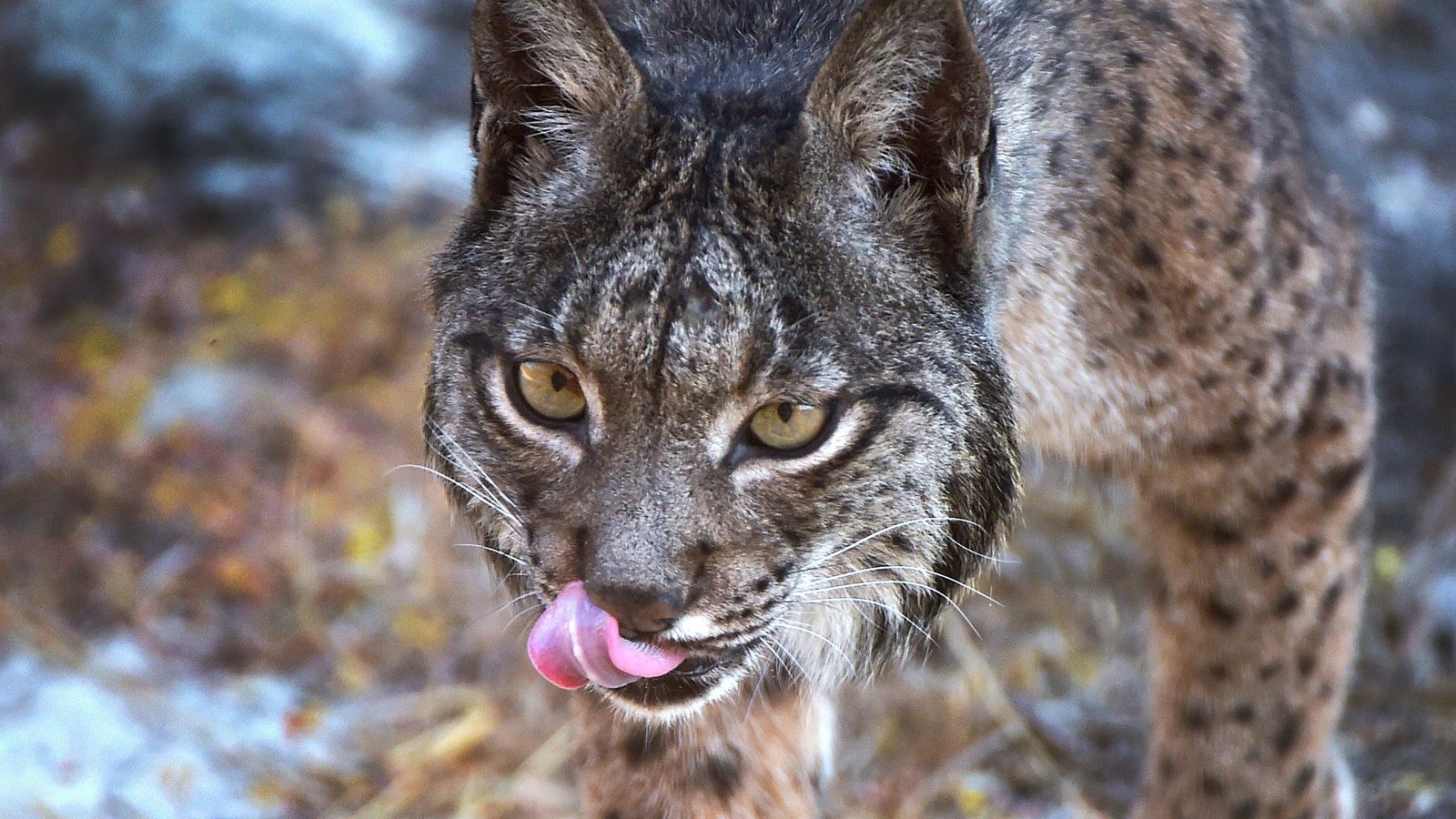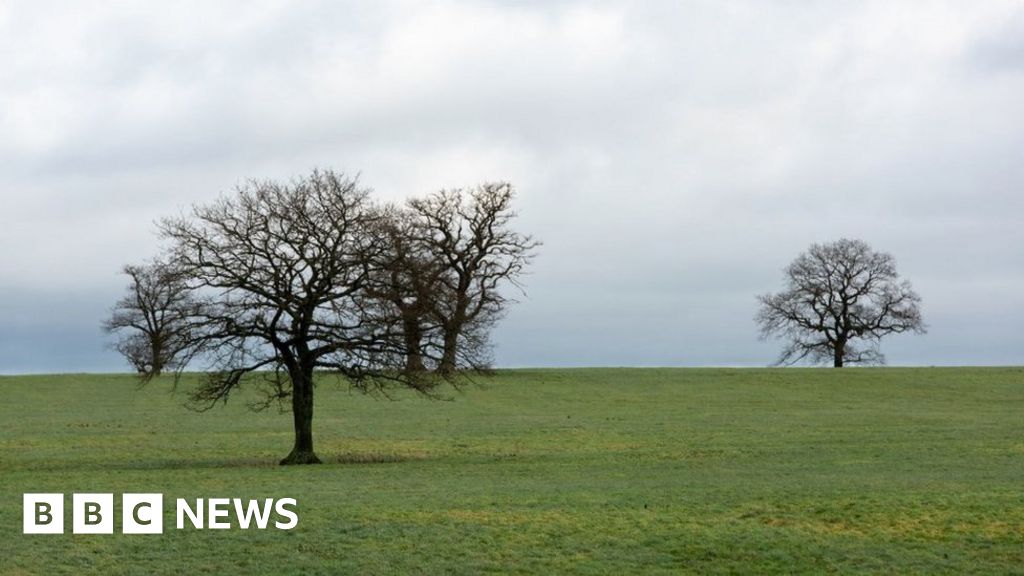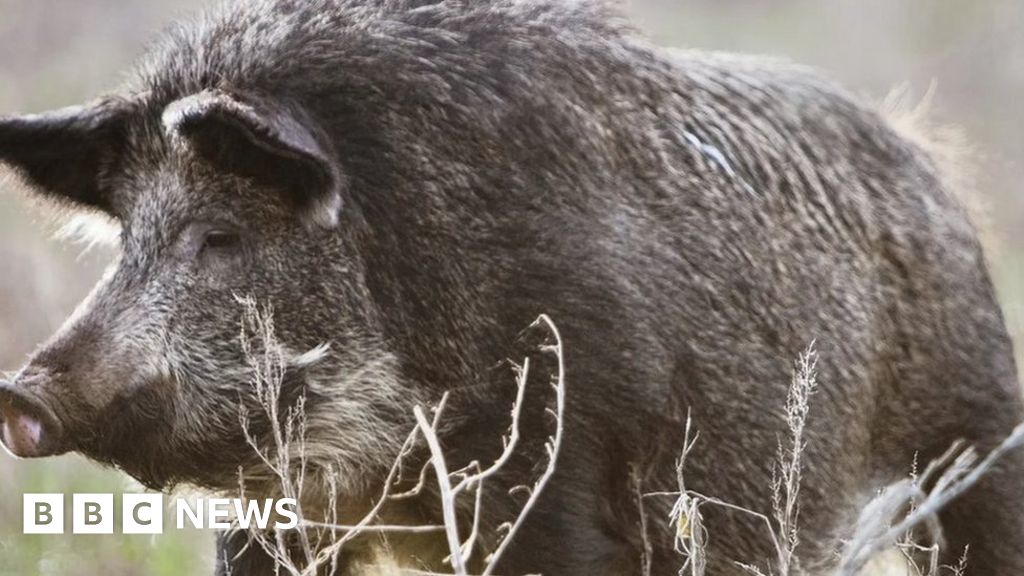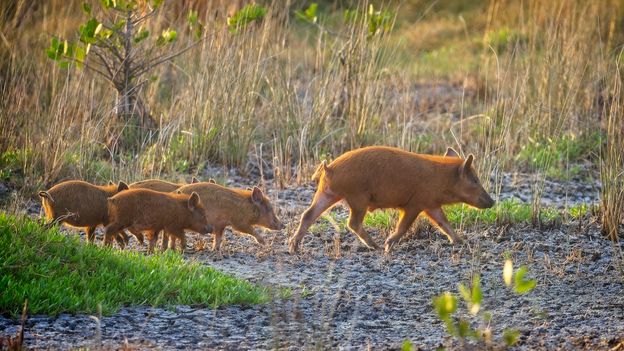
‘It’s like winning the lottery’: Lincolnshire rewilding plan welcomed by some... others not so happy
Project promises to create jobs and restore biodiversity, but locals say it is taking food-growing land out of production

Selling carbon credits, another bloody scam that environmentalists have thought up to allow them to fly on holiday and purchase unnecessary junk with a clear conscience. Beggars belief
‘It’s like winning the lottery’: Lincolnshire rewilding plan welcomed by some... others not so happy
Project promises to create jobs and restore biodiversity, but locals say it is taking food-growing land out of productionwww.theguardian.com
I wonder how well the 'pro' group will react when their houses start getting flooded?
‘It’s like winning the lottery’: Lincolnshire rewilding plan welcomed by some... others not so happy
Project promises to create jobs and restore biodiversity, but locals say it is taking food-growing land out of productionwww.theguardian.com
Don't forget the views will disappear when it's all covered in treesI wonder how well the 'pro' group will react when their houses start getting flooded?


£5.25M for 460 acres would be well above usual land prices would it not?
Charity buys Somerset land in bid to open 48 nature reserves
Heal has bought land in Somerset for the first of a series of 48 reserves across England.www.bbc.com
how did they borrow the 5.25mill? with the promise of paying it back thru donations ? ffs£5.25M for 460 acres would be well above usual land prices would it not?
Oh well-somewhere for folks to exercise their dogs off the lead while they look for ground-nesting birds I suppose

Rewilding for ya
Wild pig attacks dog causing serious injuries in Norfolk
A dog on a lead is seriously injured by a pig that was protecting her young at a rewilding project.www.bbc.com


Do you really think that Tichmarsh gives a shit about a few people losing their jobsAgree with him but playing devil's advocate he's also looking out for the the gardeners and landscapers who would be jobless if everything was wilded

Lyons' familiarity shines through in her descriptions. Adult males can reach up to 150cm (59in) from snout to tail; females are smaller though still muscular. They have fluffy and pointed ears, "like an elven teddy bear".
Boisterous, destructive and divisive: North America's wild boar population is on the rise
Hybridised feral pigs are an invasive pest in North America – but there could be benefits to their destructive power.www.bbc.com
